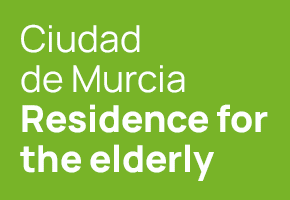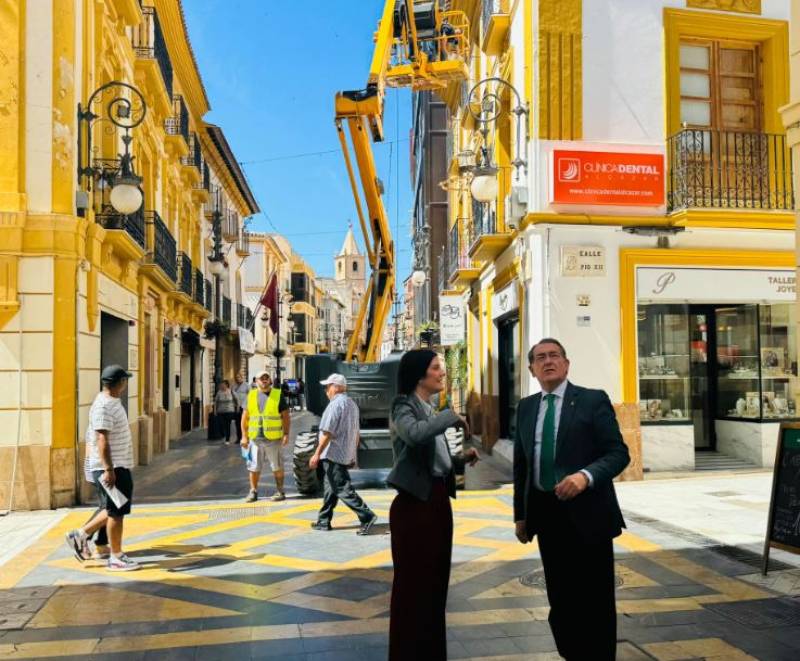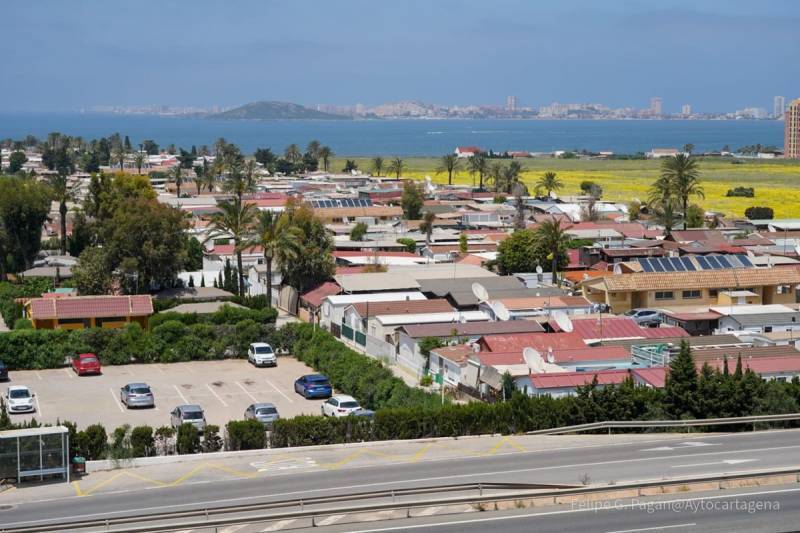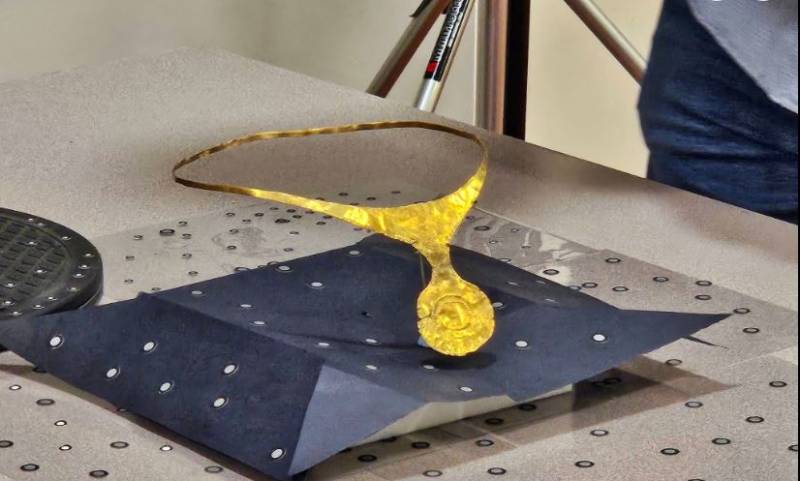
To be listed on the CAMPOSOL TODAY MAP please call +34 968 018 268.

Guidelines for submitting articles to La Manga Club Today
Hello, and thank you for choosing La Manga ClubToday.com to publicise your organisation’s info or event.
La Manga Club Today is a website set up by Murcia Today specifically for residents of the urbanisation in Southwest Murcia, providing news and information on what’s happening in the local area, which is the largest English-speaking expat area in the Region of Murcia.
When submitting text to be included on La Manga Club Today, please abide by the following guidelines so we can upload your article as swiftly as possible:
Send an email to editor@lamangaclubtoday.com or contact@murciatoday.com
Attach the information in a Word Document or Google Doc
Include all relevant points, including:
Who is the organisation running the event?
Where is it happening?
When?
How much does it cost?
Is it necessary to book beforehand, or can people just show up on the day?
…but try not to exceed 300 words
Also attach a photo to illustrate your article, no more than 100kb

Unprecedented discovery at archaeological site in Jumilla
Excavation at the Cerro del Tío Pimenton finds largest collection of terracotta figures so far in Iberian Peninsula
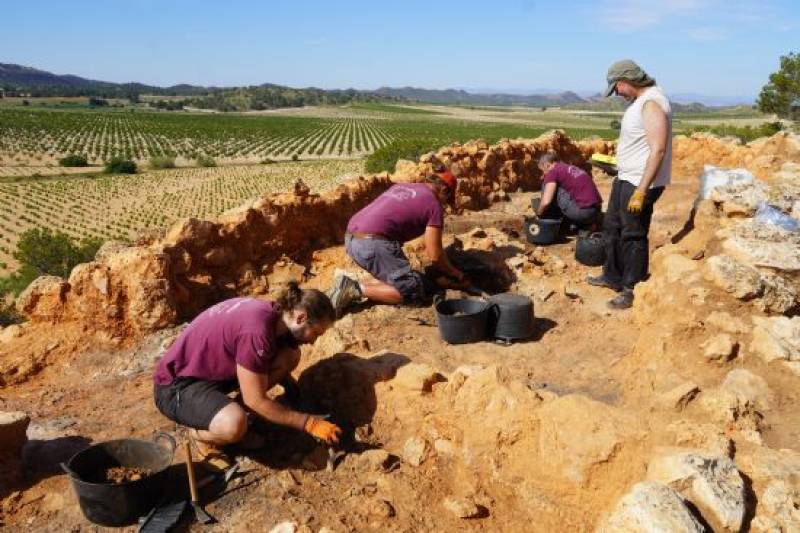
An archaeological dig at the Cerro del Tío Pimenton hill in Jumilla has unearthed a collection of about 10 terracotta figures that date back to the Bronze Age, the town hall has announced.
Councillor for Culture, Asunción Navarro, and municipal archaeologist Estafanía Gandía visited the site last week.
The campaign, instigated by the Municipal Culture department with a budget of about €12,000, partially financed by the wine company Bodegas Juan Gil, started there on April 28 and concluded on Saturday.
It was carried out in collaboration with Alicante University and the ‘Jeronimo Molina’ archaeology museum.
They started by cleaning and marking out the walls, and excavating room number seven, which is the oldest and largest, measuring 22 metres by four and dating from around 2,000 B.C.E.
The structure was divided into two clearly differentiated spaces: one destined for storage, where ceramic containers were found; and the other for working with textiles, as evidenced by the loom weights found there - all of which suggests that it used to be a workhouse.
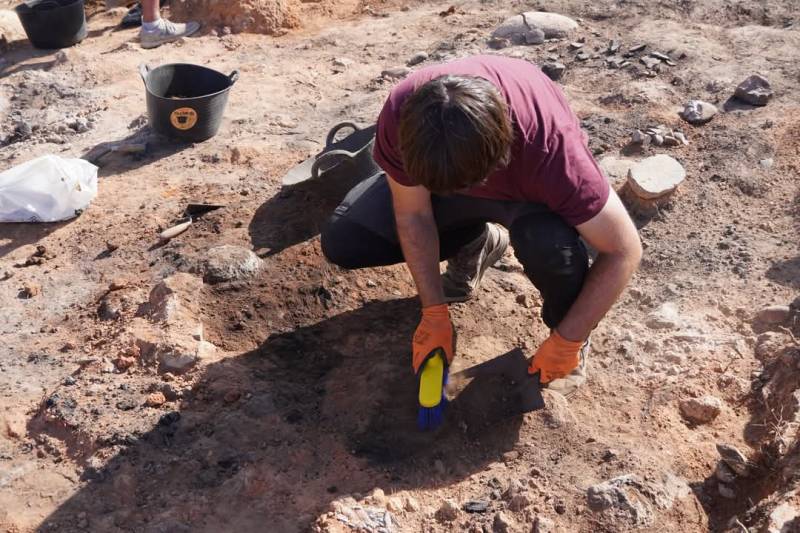 However, the most remarkable discovery was the terracotta figures, which are of various sizes.
However, the most remarkable discovery was the terracotta figures, which are of various sizes.
According to archaeologists, this is of great value because there is no record of so many of these clay figures being found at any other site in the Iberian Peninsula.
They will now be submitted to a process of study and research in order to determine their real significance.
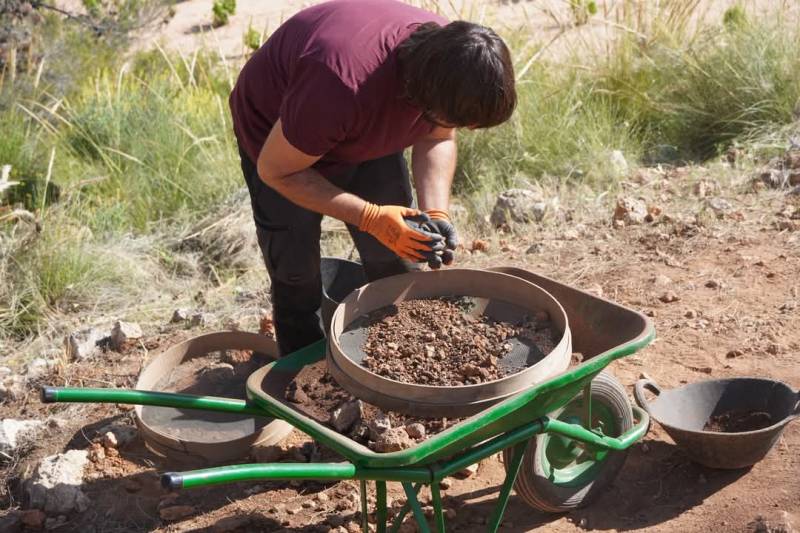 Asunción Navarro emphasised the importance of investing in research and showcasing local heritage: “This discovery confirms that Jumilla has enormous archaeological potential that we must preserve and publicise.
Asunción Navarro emphasised the importance of investing in research and showcasing local heritage: “This discovery confirms that Jumilla has enormous archaeological potential that we must preserve and publicise.
“We will keep working so that these sites continue to be a source of knowledge and pride for our municipality.”
Images: Ayuntamiento de Jumilla
Oficina de Turismo Jumilla
The tourist office in the centre of Jumilla is easily found by driving straight into the centre of the town along the Avenida de Murcia and following the signposts. The tourist office is alongside the Parque de Don Albano Martínez Molina, where there are a number of parking spaces.
Jumilla, in the north of the Region of Murcia, has become internationally famous over recent decades due to the quality of the wines produced in the municipality, and wine tourism has begun to attract visitors from other parts of Spain and the rest of Europe.
The tourist office is happy to provide a range of maps and leaflets showing the different bodegas which can be visited within the municipality. Some of these form part of the Rutas del Vino de Jumilla, the Jumilla wine route, and can either be visited as a guided tour or sell their produce directly to the public.(see feed below for more details)
However, the town and the surrounding countryside have plenty of other attractions for visitors, and the popularity of Jumilla wines is leading more and more people to discover other facets of the tenth largest municipality in Spain.

These include the spectacular countryside and birdlife in the Sierra del Carche, the historic remains which range from cave paintings and a Roman mausoleum to the castle, the Iglesia de Santiago, the Town Hall and the Teatro Vico, and the gastronomy: rich stews are accompanied not only by the wines of the area but also by Jumilla pears, which also enjoy Denomination of Origin status.
Tourism in Jumilla is not as seasonal as it is in the coastal areas of the Region of Murcia, but the town is at its liveliest during the fiestas in Holy Week and the August Fair, which incorporates the grape harvest celebrations and the Moors and Christians parades.
The Altiplano of the Region of Murcia, which consists of the municipalities of Jumilla and Yecla, is only just over an hour by car from the Mar Menor, Cartagena, Mazarrón, Torrevieja and Alicante, and anyone wishing to visit real inland Spain and world-class wineries is advised to include Jumilla in their schedule.
Opening hours
Summer
Tuesday to Friday from 10am to 2pm
Saturday and Sunday 10am to 2pm
Monday closed
Winter
Tuesday to Friday from 10am to 2pm and 5pm to 7pm
Saturday and Sunday 10am to 2pm
Monday closed
Click for full information about visiting the Jumilla municipality and its wine bodegas: Jumilla section








